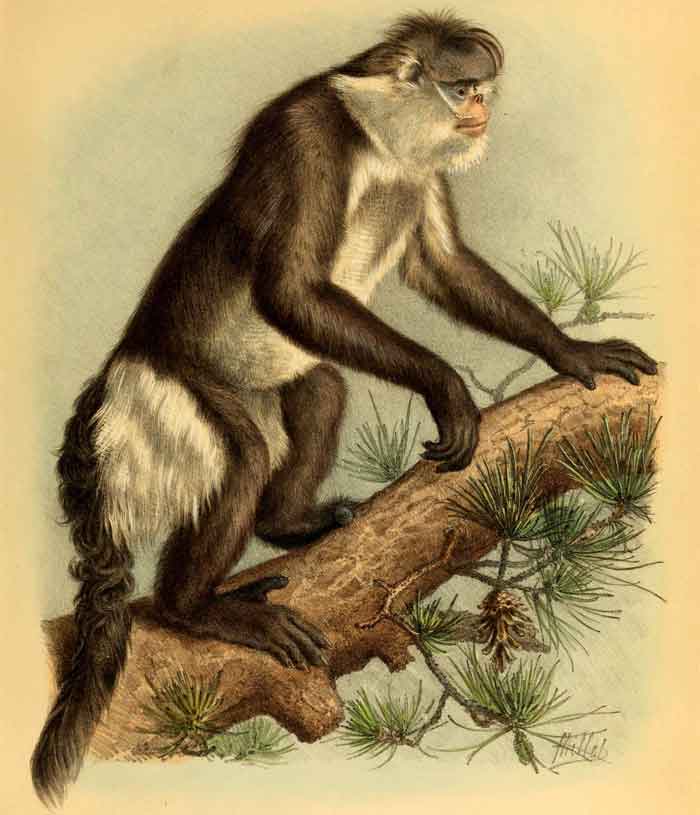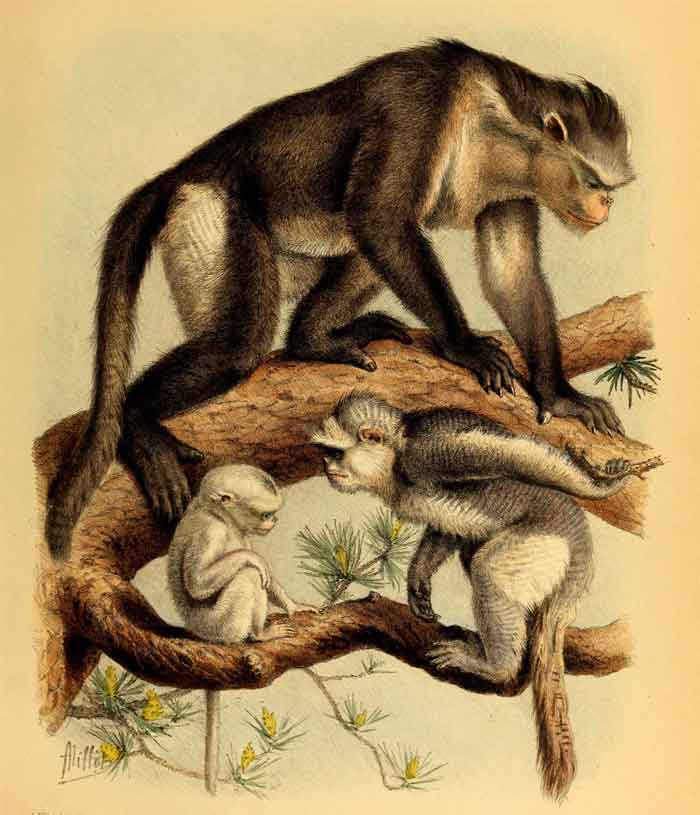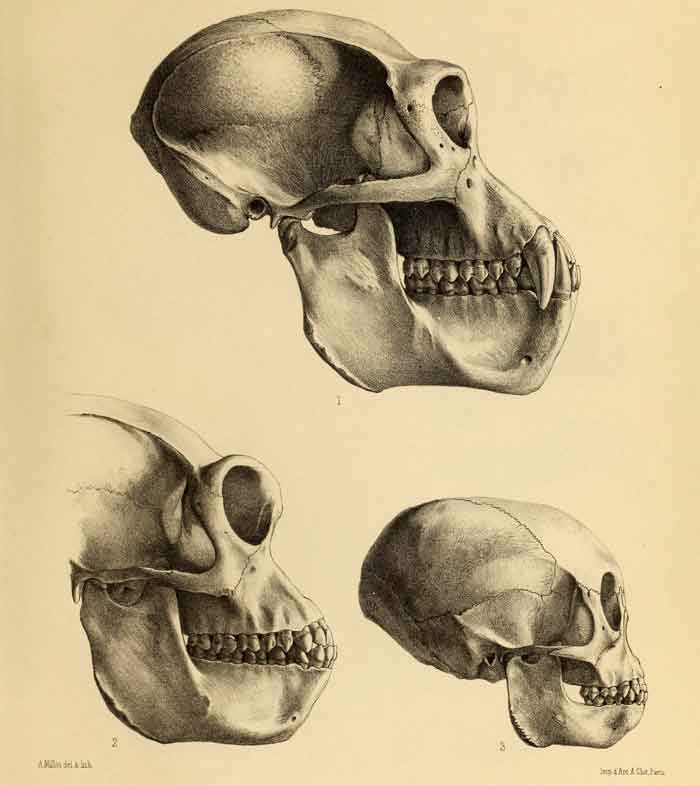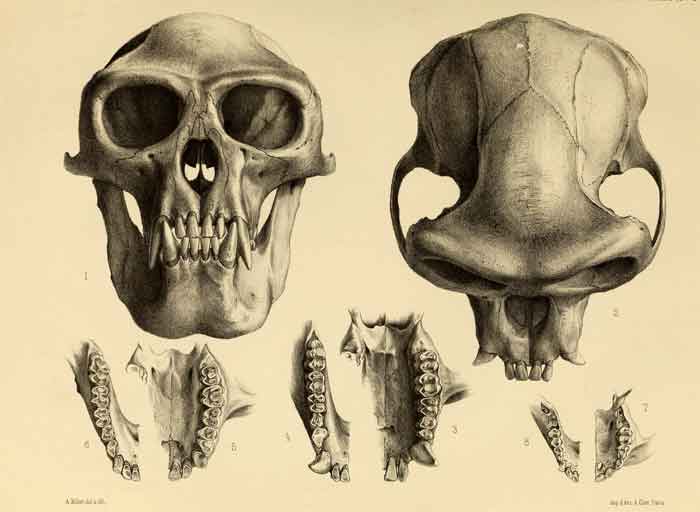
Superregnum: Eukaryota
Cladus: Unikonta
Cladus: Opisthokonta
Cladus: Holozoa
Regnum: Animalia
Subregnum: Eumetazoa
Cladus: Bilateria
Cladus: Nephrozoa
Superphylum: Deuterostomia
Phylum: Chordata
Subphylum: Vertebrata
Infraphylum: Gnathostomata
Megaclassis: Osteichthyes
Cladus: Sarcopterygii
Cladus: Rhipidistia
Cladus: Tetrapodomorpha
Cladus: Eotetrapodiformes
Cladus: Elpistostegalia
Superclassis: Tetrapoda
Cladus: Reptiliomorpha
Cladus: Amniota
Cladus: Synapsida
Cladus: Eupelycosauria
Cladus: Sphenacodontia
Cladus: Sphenacodontoidea
Cladus: Therapsida
Cladus: Theriodontia
Cladus: Cynodontia
Cladus: Eucynodontia
Cladus: Probainognathia
Cladus: Prozostrodontia
Cladus: Mammaliaformes
Classis: Mammalia
Cladus: Theriimorpha
Cladus: Theriiformes
Cladus: Trechnotheria
Cladus: Zatheria
Subclassis: Theria
Cladus: Eutheria
Infraclassis: Placentalia
Magnordo: Boreoeutheria
Superordo: Euarchontoglires
Ordo: Primates
Subordo: Haplorhini
Infraordo: Simiiformes
Parvordo: Catarrhini
Superfamilia: Cercopithecoidea
Familia: Cercopithecidae
Subfamilia: Colobinae
Tribus: Presbytini
Genus: Rhinopithecus
Species: Rhinopithecus bieti
Name
Rhinopithecus bieti Milne-Edwards, 1897
References
Rhinopithecus bieti in Mammal Species of the World.
Wilson, Don E. & Reeder, DeeAnn M. (Editors) 2005. Mammal Species of the World – A Taxonomic and Geographic Reference. Third edition. ISBN 0-8018-8221-4.
IUCN: Rhinopithecus bieti Milne-Edwards, 1897 (Endangered)
Vernacular names
Deutsch: Schwarze Stumpfnase
English: Yunnan Snub-nosed Monkey,Black Snub-nosed Monkey
italiano: Rinopiteco Bruno, Rinopiteco Nero, Rinopiteco Dello Yunnan
中文: 滇金丝猴

The black-and-white snub-nosed monkey (Rhinopithecus bieti),[3][4] also known as the Yunnan snub-nosed monkey,[5] is a large black and white primate that lives only in the southern Chinese province of Yunnan,[6] where it is known to the locals as the Yunnan golden hair monkey (Chinese: 滇金丝猴) and the black-and-white snub-nosed monkey (黑白仰鼻猴).[7][8] The common name, black snub-nosed monkey, is issued to Rhinopithecus strykeri, inhabiting the Northern Sino-Myanmar border.[9] Coniferous and deciduous forests in the mountainous regions of Yunnan are the ideal terrain for these primates.[10] It is threatened by habitat loss, and is considered an endangered species. With their unique adaptations to their environment, these monkeys thrive at extreme altitudes despite the below freezing temperatures and thin air.[11] This primate's diet is mainly made up of the large amounts of lichens available in their region.
Anatomy and physiology
Male and female black-and-white snub-nosed monkeys have no colorization differences, but do differ in sizes. Females weigh 20 lbs, while males are around 30 lbs.[10] Adult black-and-white snub-nosed monkeys are identifiable by their gray/black and white fur. The underbelly and central facial zone are all white, while the rest of the body is a grayish black color. Their fur is extremely thick to protect them against below freezing temperatures. They are born with white fur that darkens with age. Another distinctive feature shared by both adults and babies, is their hairless and vibrant pink lips. These primates get the "snub-nosed" part of their name from the absence of nasal bones.[6] This is considered their most distinctive feature.


Behavior
Diet
Unlike many primates, the black-and-white snub-nosed monkey's diet consists mainly of lichen found on trees. Lichens grow in abundance in mountainous regions, and make for a reliable, year-round food supply. These primates will also eat bamboo leaves and other, more seasonal plants if the opportunity presents itself. Many food items vary depending on the geographical location of each troop including rhododendron flower's nectar in the spring. Lichens are toxic to most animals, but the black-and-white snub-nosed monkey has specialized digestive enzymes similar to those of a cow that remove the harmful bacteria.[12]
Reproduction
The reproduction cycles of black-and-white snub-nosed monkeys are generally similar to those of golden snub-nosed monkeys, except the time of birth is often two to three months later due to a colder climate.[13] Like most primates, the snub-nosed monkey gives birth at night, making it difficult for researchers to observe. A rare observation of a daytime birth found a multiparous female assisting another female in the birthing process, similar to human midwifery practice.[14]
Evolution
The black-and-white snub-nosed monkey lives at the highest altitude of any known non-human primate. The highest recorded altitude of a group of this species is 4700 m.[15] Surviving in such extreme conditions is only made possible by a mutation in the primate's genomic DNA sequence that allows increased resistance to oxygen deprivation (hypoxia).[16] Other mutations in the DNA sequence have been found to be harmful to the monkeys, as there is evidence of inbreeding and low genetic diversity among populations.[11]
Geographical range and habitat
This species has a highly restricted distribution in the bio-diverse Nujiang Langcang Gorge alpine conifer and mixed forests of the Yun Range, which is part of the greater Hengduan Mountains.[15] Only 17 groups with a total population of less than 1,700 animals survive in northwest Yunnan and neighboring regions in the Autonomous Prefecture of Tibet. The territory of each group varies from 20 to 135 square km.[17] Deciduous and coniferous forests are their preferred habitat, where lichen grows in abundance year-round.
History
The black-and-white snub-nosed monkey was almost completely unknown until the 1990s. The fact that no zoo outside of China has ever kept the black-and-white snub-nosed monkey in captivity has contributed to the enigmatic status of this species.
See also
List of endangered and protected species of China
Three Parallel Rivers of Yunnan Protected Areas
References
Yongcheng, L.; Bleisch, W.V.; Richardson, M. (2020). "Rhinopithecus bieti". IUCN Red List of Threatened Species. 2020: e.T19597A17943738. doi:10.2305/IUCN.UK.2020-2.RLTS.T19597A17943738.en. Retrieved 16 November 2021.
"Appendices | CITES". cites.org. Retrieved 2022-01-14.
Zhang, Guiming; Zhu, A-Xing; He, Yu-Chao; Huang, Zhi-Pang; Ren, Guo-Peng; Xiao, Wen (2020). "Integrating multi-source data for wildlife habitat mapping: A case study of the black-and-white snub-nosed monkey (Rhinopithecus bieti) in Yunnan, China". Ecological Indicators. 118: 106735. doi:10.1016/j.ecolind.2020.106735. S2CID 224862888.
Qianzhao, J. I.; Rongxing, Wang; Zhipang, Huang; Jiahong, Yuan; Guopeng, R. E. N.; Wen, Xiao (2019). "Effects of sample size and study range on accuracy of MaxEnt in predicting species distribution: a case study of the black-and-white snub-nosed monkey". Acta Theriologica Sinica. 39 (2): 126. doi:10.16829/j.slxb.150203. ISSN 1000-1050.
Afonso, Eve; Fu, Rong; Dupaix, Amaël; Goydadin, Anne-Claude; Yu, ZhongHua; Callou, Cécile; Villette, Petra; Giraudoux, Patrick; Li, Li (2021). "Feeding sites promoting wildlife-related tourism might highly expose the endangered Yunnan snub-nosed monkey (Rhinopithecus bieti) to parasite transmission". Scientific Reports. 11 (1): 15817. Bibcode:2021NatSR..1115817A. doi:10.1038/s41598-021-95166-5. PMC 8339071. PMID 34349189.
Richardson, Matt (February 13, 2006). "Yunnan snub-nosed monkey videos, photos and facts - Rhinopithecus bieti". Wildscreen Arkive. Archived from the original on 2008-12-05. Retrieved 2018-10-23.
Groves, C. P. (2005). Wilson, D. E.; Reeder, D. M. (eds.). Mammal Species of the World: A Taxonomic and Geographic Reference (3rd ed.). Baltimore: Johns Hopkins University Press. p. 173. ISBN 0-801-88221-4. OCLC 62265494.
Harding, Lee E; Han, Lian-Xian (2018-10-05). "Rhinopithecus bieti (Primates: Cercopithecidae)". Mammalian Species. 50 (969): 148–165. doi:10.1093/mspecies/sey016. ISSN 0076-3519.
Yang, Yin; Groves, Colin; Garber, Paul; Wang, Xinwen; Li, Hen; Long, Yongchen; Li, Guangsong; Tian, Yingping; Dong, Shaohua (2019-03-01). "First insights into the feeding habits of the Critically Endangered black snub-nosed monkey, Rhinopithecus strykeri (Colobinae, Primates)". Primates. 60 (2): 143–153. doi:10.1007/s10329-019-00717-0. ISSN 1610-7365. PMID 30847671. S2CID 71145324.
Abrams, Sylvie (April 2018). "Yunnan snub nosed monkey". New England Primate Conservancy. Archived from the original on 2016-05-16. Retrieved 2018-10-23.
"New study reveals adaptations for snub-nosed monkeys". Oxford University Press. August 23, 2016. Retrieved 2018-10-23.
Olson, Eric. R (April 23, 2015). "Featured Creature: Black Snub-nosed Monkey | Blog | Nature | PBS". PBS Nature. Retrieved 2018-10-23.
Kirkpatrick, R. C.; Long, Y. C.; Zhong, T.; Xiao, L. (1998). "Social organization and range use in the Yunnan snub-nosed monkey Rhinopithecus bieti". International Journal of Primatology. 19: 13–51. doi:10.1023/A:1020302809584. S2CID 35713087.
Ding, Wei; Yang, Le; Xiao, Wen (5 February 2013). "Daytime birth and parturition assistant behavior in wild black-and-white snub-nosed monkeys (Rhinopithecus bieti) Yunnan, China". Behavioural Processes. 94: 5–8. doi:10.1016/j.beproc.2013.01.006. PMID 23395888. S2CID 35470494.
Long, Y. C.; Kirkpatrick, R. C.; Zhong, T.; Xiao, L. (1994). "Report on the distribution, population, and ecology of the Yunnan snub-nosed monkey (Rhinopithecus bieti)". Primates. 35 (2): 241–250. doi:10.1007/BF02382060. S2CID 23931368.
"Findings from Harvard School of Medicine Broaden Understanding of Molecular Biology (Population Genomics Reveals Low Genetic Diversity and Adaptation to Hypoxia in Snub-Nosed Monkeys)". Life Science Weekly. 25 October 2016. Retrieved 2018-11-05.
Long, Y. & Wu, R. (2006). "Population, home range, conservation status of the Yunnan snub-nosed monkey (Rhinopithecus bieti)". Abstracts of the China Fusui International Primatological Symposium: 10–11.
Retrieved from "http://en.wikipedia.org/"
All text is available under the terms of the GNU Free Documentation License

